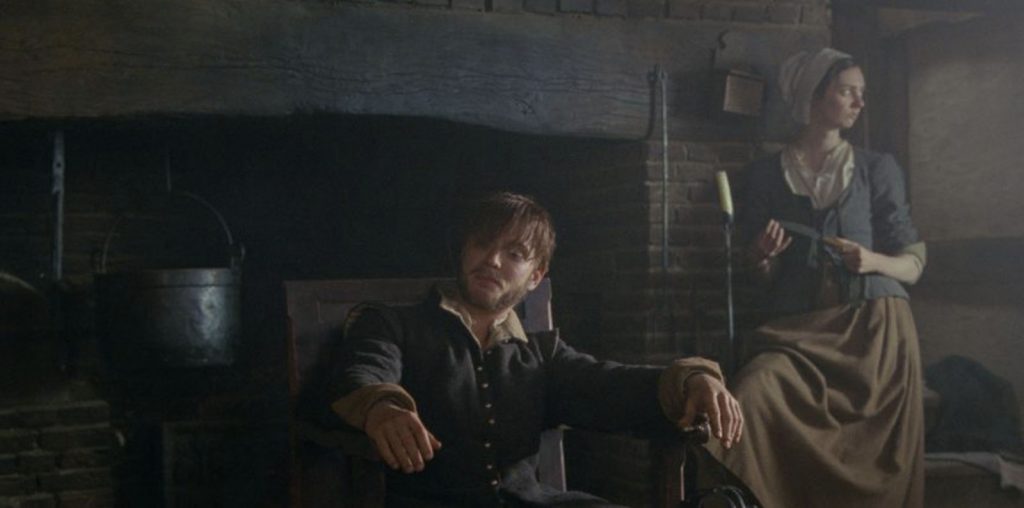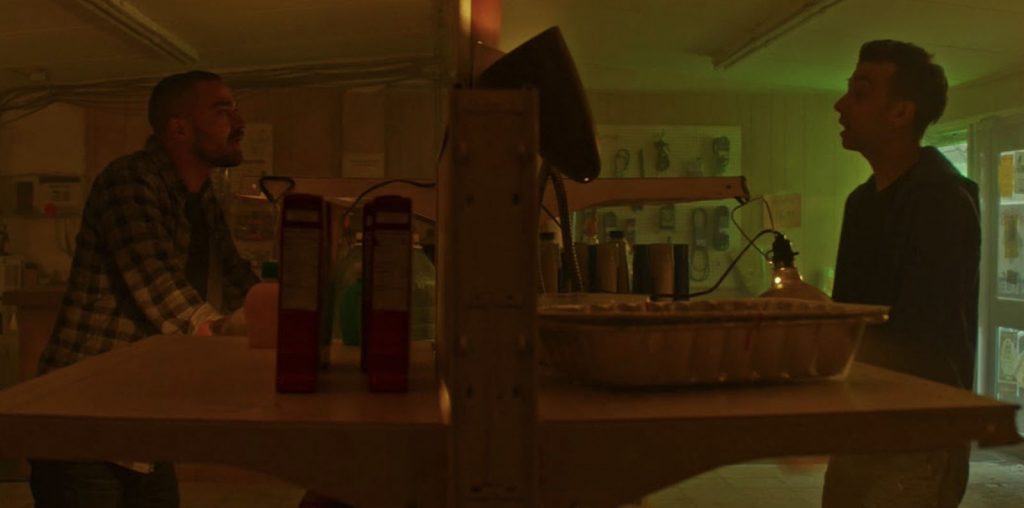
John Gianvito’s brilliantly imaginative documentary celebrates four centuries of American rebellion by viewing the monuments and grave sites of the brave men and women who dared (and, often, failed) in their challenge to the governing status quo.
History is poorly recalled at many locations – the site of the Boston Massacre is an unmarked circle at the edge of a busy Beantown thoroughfare, while markers highlighting the locations of the Stono Rebellion, the Homestead Strike and other dramatic revolts are isolated along highways and railroad tracks that do not allow for anyone to stop and read the markers’ text.
The graves for the social and political advocates of American history are catch-as-catch-can. Some are elaborate, such as the monument to Cesar Chavez (complete with fountains), Emma Goldman and Fannie Lou Hamer. Most, however, are either simple markers sunk into the grass or quotidian tombstones that offer no clue on the greatness of those who lie in rest. Some of these sites are in a fragile state (John Brown’s headstone is under glass), while others (such as Susan B. Anthony’s headstone) show signs of neglect.
At no point in this film is there any narration. The soundtrack, for most of the running time, consists solely of the sounds of the open air – wind rustling through trees, birds, the drone of traffic. It is not until the film’s conclusion, which shows modern protest demonstrations carrying on the street theater of previous generations, that man-made sound comes into play.
Quite frankly, you’ve never seen history presented in such a stunning manner. By forcing the viewer to stop and consider how America memorializes its rebellious heroes, the viewer is required to recall just why these people and events are being recalled (do you know who Frank Little or Uriah Smith were, or what the Haymarket Riot was about?). This is the one history lesson that provokes the viewer to pay attention and learn.

